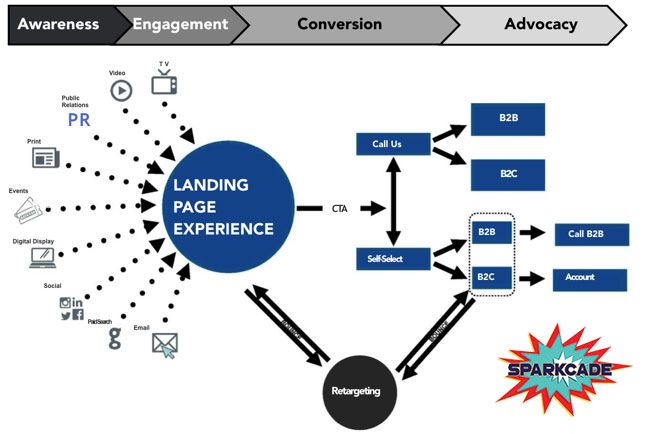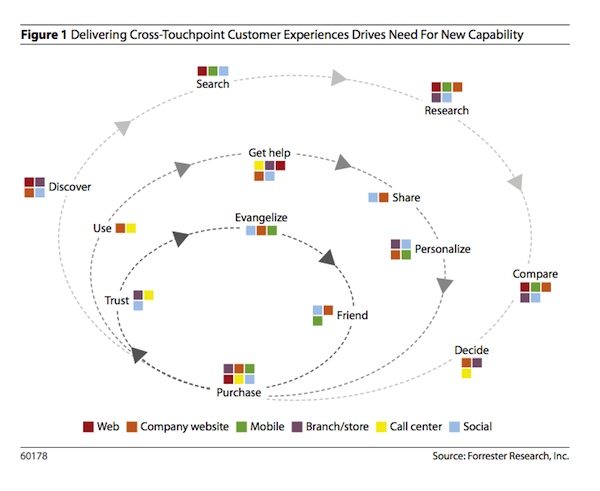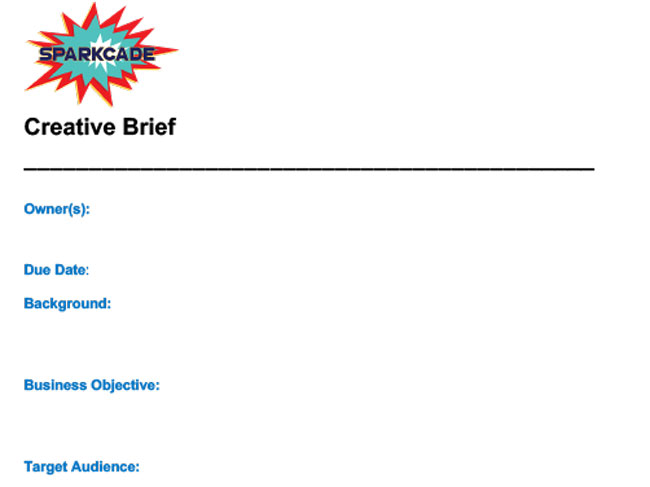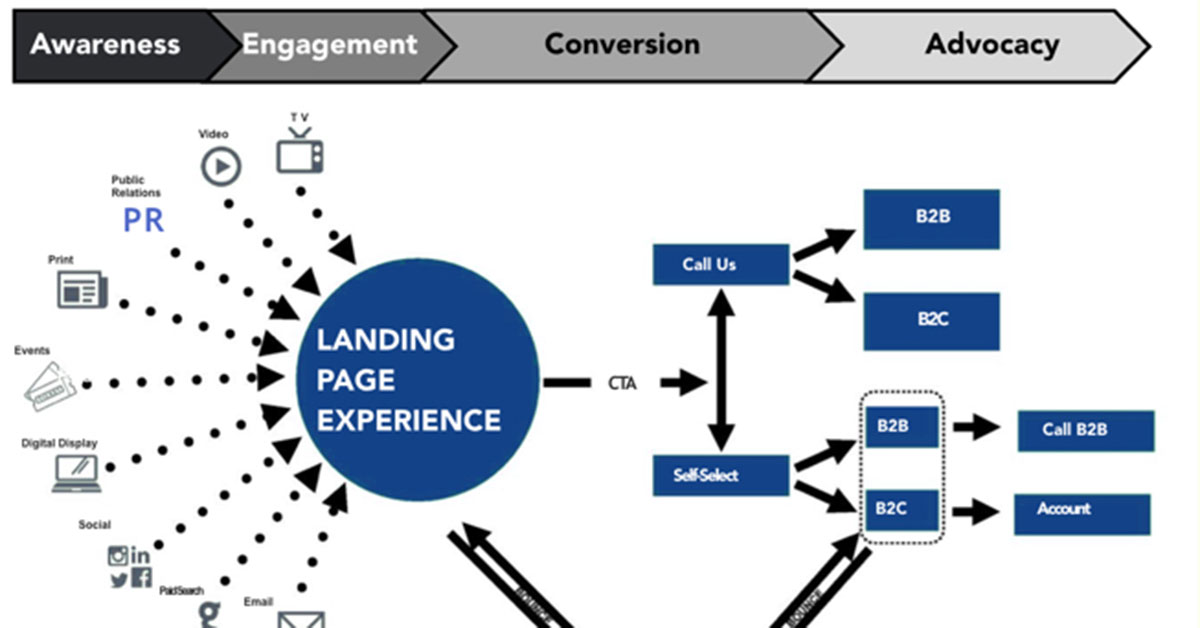Growth marketing only works if consumers understand need and you create brand equity.
If you’re a business owner, you’re likely hyper focused on growth metrics. You can get lost in conversion rates, customer acquisition costs (CAC), lifetime value (LTV) and churn. Those KPIs have recently led many companies to commit resources to growth marketing approaches where a “buy now” call to action can often pre-empt and outnumber “learn more.”
It’s easy to understand why companies have become enamored with exclusively jumping to PPC, SEO, email and social media tactics that favor immediate purchase. I get it. I’m currently helping a client with a lead nurture series. And, at this point, the goal IS lead nurturing to convert.

More traditional marketing funnel or sales funnel view clearly depicts how solution and brand recognition feed the beast.
Businesses gravitate to growth hacking and conversion digital marketing tactics approaches because:
- A segment of the population MAY understand your solution right away (or you do, so you believe they do), and
- They’re easier to quantify or associate with ROI.
Thus, they’re also easier to sell into management, investors and other influencers.
It’s not necessarily wrong. It’s simply incomplete. And short-sided.
Why? It’s the equivalent of church collection plates waiting for you out in the parking lot before you’ve even heard the sermon. Trouble is, the value proposition of faith has millennia of history behind it, so you might give anyway. In short, consumers understand it.
Your business value proposition? It’s likely not as well-established. Most consumers and, particularly, your target audience needs context. They may require several “learn mores” — six or more, in fact — before “buy now.”

While I like this customer journey diagram (what I affectionately call the “consumer tornado”) from Forrester Research, solution and brand marketing are not as clearly depicted.
Associate Value Proposition As Your Brand Equity
First, does the consumer understand the need for your solution? The best brands make their value proposition abundantly apparent as part of their identity.
Why? Because in the new world, according to a study by Microsoft, you have eight seconds to reach the Generation Z consumer. Couple that with estimates of the average consumer receiving thousands of marketing messages a day and the attention span isn’t much better for older generations either.
With that said, your company’s value proposition should be the essence of your brand and marketing efforts.
Articulating your value proposition and generating awareness about it can help differentiate your company from your competitors. It should quickly identify the consumer’s challenge or opportunity and make the benefits you provide immediately clear.
Unfortunately, some companies don’t invest in brand equity. They don’t define their brand, associate it with their value proposition and set their marketers up for long-term effectiveness.
You might find some initial success, but it will eventually catch up with you.
As a business grows, the lack of brand identity and recognition becomes apparent. The best case often is that internal teams start operating inefficiently, constantly defining principles that should already exist. And the worst case scenario can result in losing market share to a competitor that better articulates and delivers on its brand promise.
One easy way to distill and test the essence of your brand and value proposition is to determine how you would describe your business to an elementary school student.
Let’s explore a few other ways to define your brand.
Commit to Know Thyself
Conducting a simple brand audit doesn’t require a significant amount of time or resources.
In addition to the elementary school student exercise, here are some common audit questions:
- Who are your competitors?
- How do you differentiate yourself?
- What five words describe who you are?
- What is your voice?
Once you complete your audit, define your brand strategy and solicit feedback.
A good area to get feedback is on the topic of voice. Spend some time defining this with examples before sharing with the rest of the organization. A company may say they want to be lighthearted or a bit irreverent. But even here you could see a wide spectrum in execution if not fully defined.
As an example, would you …
Both are lighthearted, irreverent and named Amy, but most everyone would agree the voice is different between the two.
Document and Deliver
But before you go out to your audiences to “make the world a better place,” take a moment to make your company better. After defining your brand and value proposition, socialize your brand strategy internally and make the delivery of it repeatable.
Even a sole proprietor can lose their way when it comes to messaging. The internal adoption and consistent use of a straightforward, one-page document called a creative brief before every marketing effort will go a long way in ensuring consistent brand delivery.
Using a creative brief with key brand elements built into the template can help reduce gaps or inconsistencies in what a company says or does — both within the company and to its constituents.

Download Creative Brief Template
Finally, once you develop your brand with your value proposition, remember to own it. Look to live it in every communication and interaction you have with clients and prospects. It should help transform “buy now” from a single transaction into loyalty and advocacy from consumers so they buy again and again.
Reach out if you want learn more about top of funnel approaches to associate audience need with your brand.
Bio: Brent runs Sparkcade Marketing. Equally adept in industries from entertainment to highly regulated verticals, Sparkcade puts the “fun” in sales funnel and knows how to weave a compelling story for even the most daunting assignment. // sparkcade.com // brent@sparkcade.com


Leave A Comment